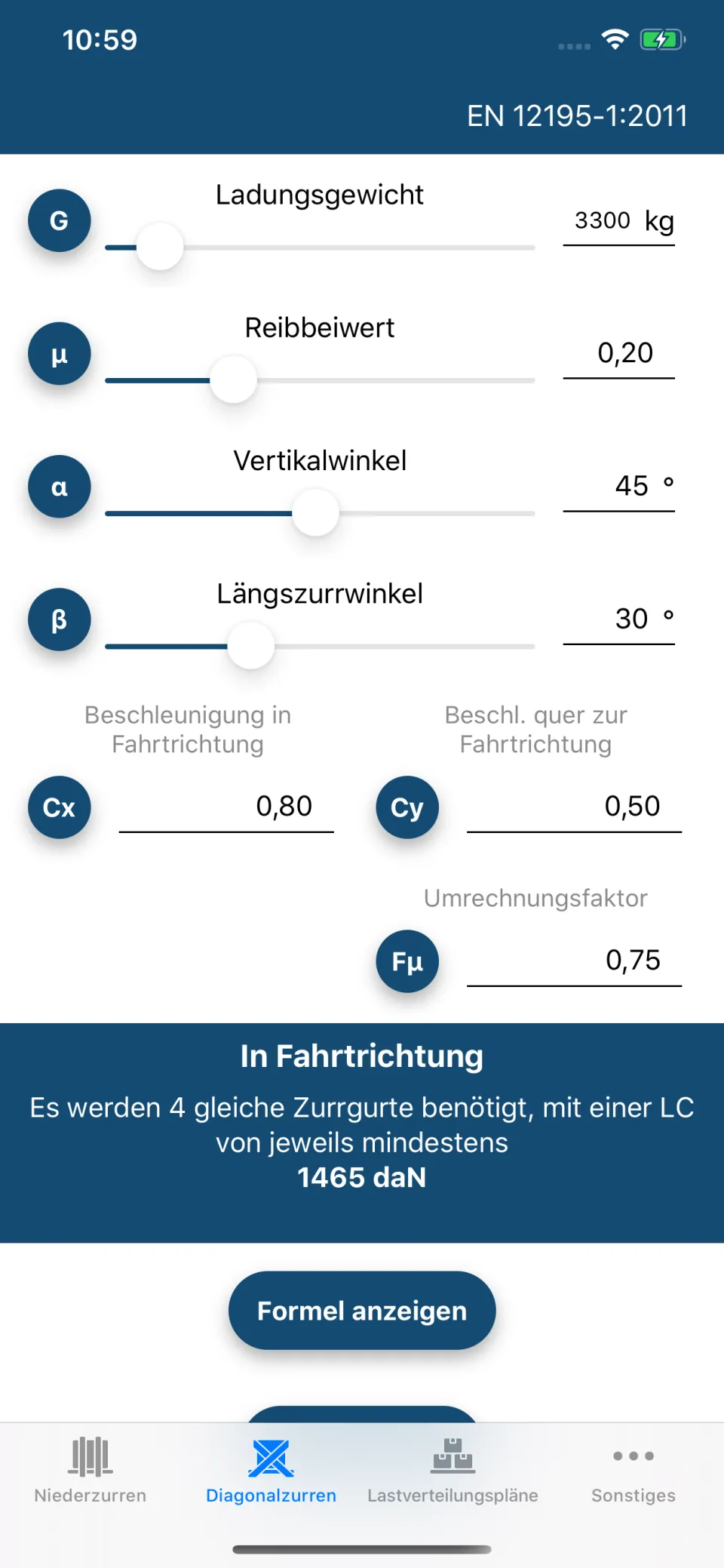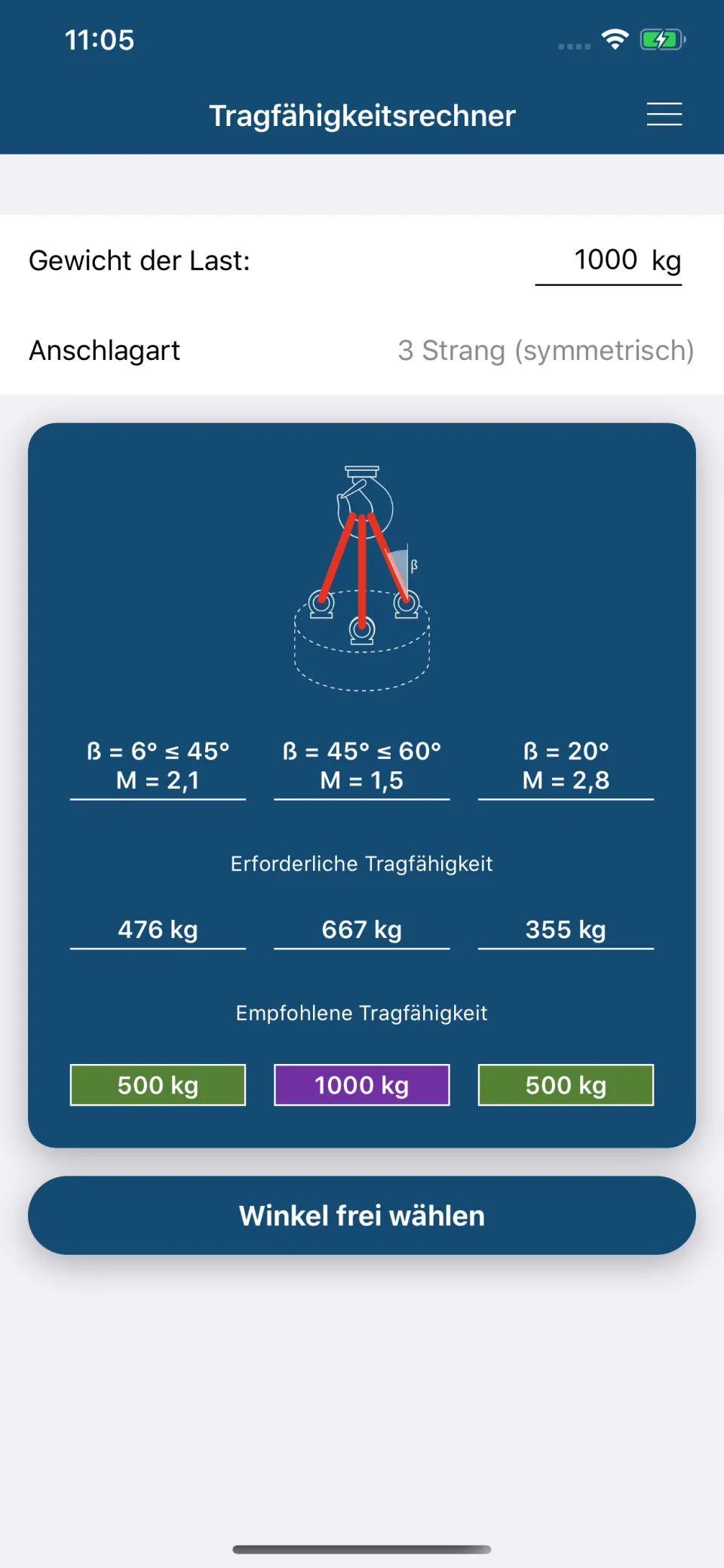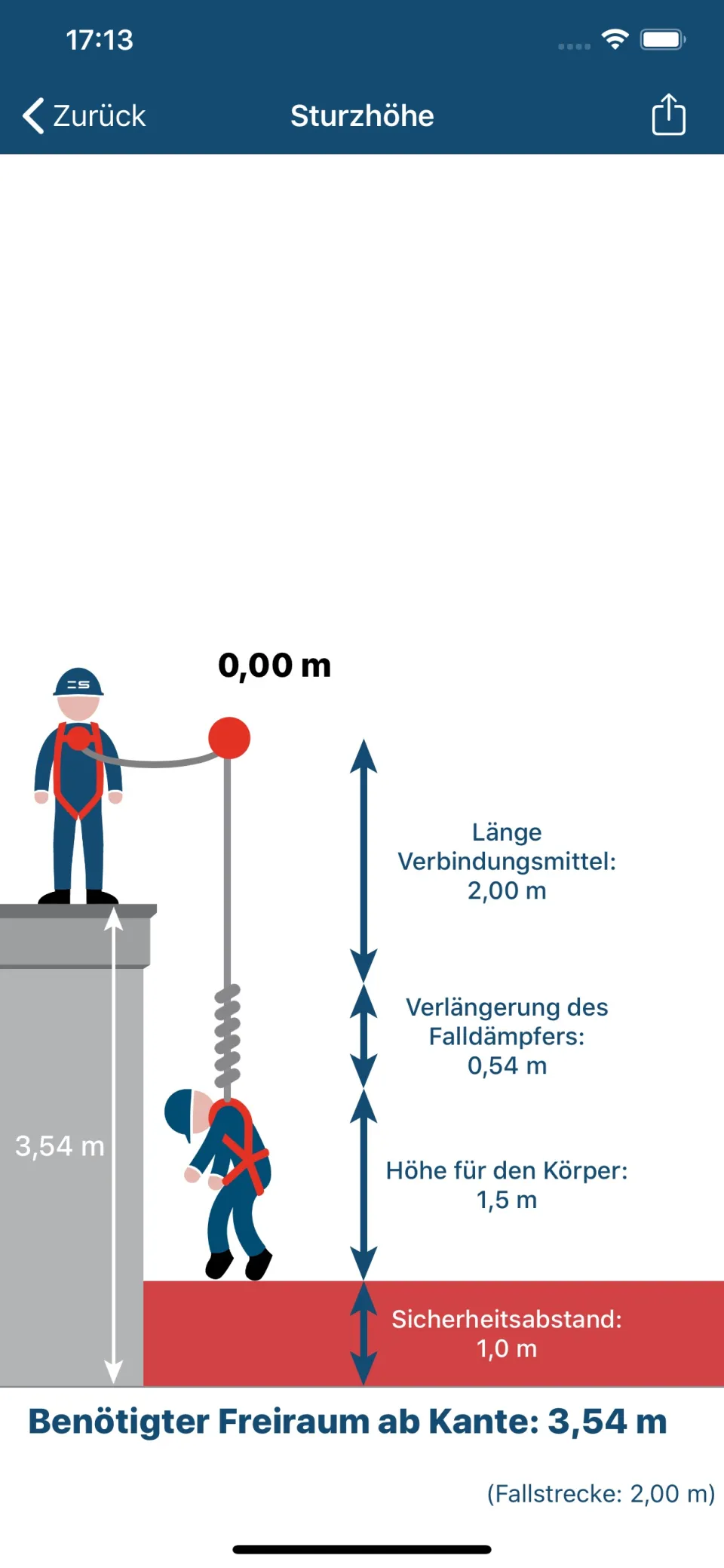Calculate camber, lifting and load securing
Fresh apps against the old look
Lifting technology, load securing and personal protective equipment against falls. These are three safety-relevant topics in construction - and three areas in which SpanSet offers smart tools. The "Lashing App" and "Lifting Calculator" are now followed by an app for calculating fall heights.
Construction still cannot do without paper plans, folding rulers and other reminders of the analog age. Nevertheless, digitization is making more and more room for itself between the scaffolding and the cement bag. One indication is the smartphones that are always at hand and willingly provide information to site managers and tradesmen. For example, which lifting gear is suitable for a particular lifting operation, whether the personal protective equipment against falls from a height has been correctly selected and whether the load on the truck is adequately secured.
Rising popularity
SpanSet GmbH is one of the companies driving this trend. Back in 2013 and 2015, it released two apps: one for securing loads and one for lifting and moving components and loads weighing tons. The apps relieve people of tricky calculation tasks, they simplify angle measurement and keep an eye on standards. At the beginning of 2020, the third digital assistant followed with the app for calculating lintel heights.
"More and more people in construction are pulling out their smartphones for safety-related questions," says Jörg Scheilen of SpanSet. The man has been an application engineer for more than 13 years and knows both construction sites and the needs of users. The popularity can be quantified by the download figures. The apps for load securing and lifting are installed on around 180,000 smartphones. "The widespread use of our apps is primarily due to their ease of use," Scheilen explains. But not only that. "It also has something to do with the fact that more and more players are getting the feeling that they literally look old with analog aids."
Regular updating
Speaking of old. Apps are also subject to the ravages of time. A permanent process of improvement and innovation begins with the first release, as Glasen knows: "Standards and rules change, so we update our apps regularly." In addition to content adjustments, there are technical facelifts to ensure the software runs on the latest Android and Apple devices. Recently, the apps for load securing and lifting received another update. On this occasion, SpanSet has further optimized the user interface in the direction of "intuitive operation". A new menu navigation simplifies the measuring of angles required for both applications.
The apps are polyglot anyway: In addition to German, English, French and Italian, they can handle other languages that are automatically activated depending on the smartphone settings. The apps are available for download free of charge from the Google Play Store and the App Store. More information at www.spanset.com.
Lashing calculator
The lashing calculator determines the number of belts required to secure the load, taking into account the weight of the load, the surface (coefficient of sliding friction) and the lashing angle. The lashing angle is either calculated by the software or displayed by the position sensors in the smartphone. Available in eight languages.

Lifting calculator
In the "Lifting Calculator", the user enters two parameters: the weight of the load and the sling type (e.g. one strand or several strands). For 14 different sling types, the app determines whether a lifting operation can be carried out safely and in compliance with standards. Available in eight languages.

Novelty 2020: Camber height calculatorThe app calculates for the SpanSet SP140 and DSL2 lanyards whether the fall height is sufficient in specific application scenarios. The parameters are anchor point, lanyard, weight of the user, length of free fall and the rupture of the shock absorber. Available in 14 languages.
